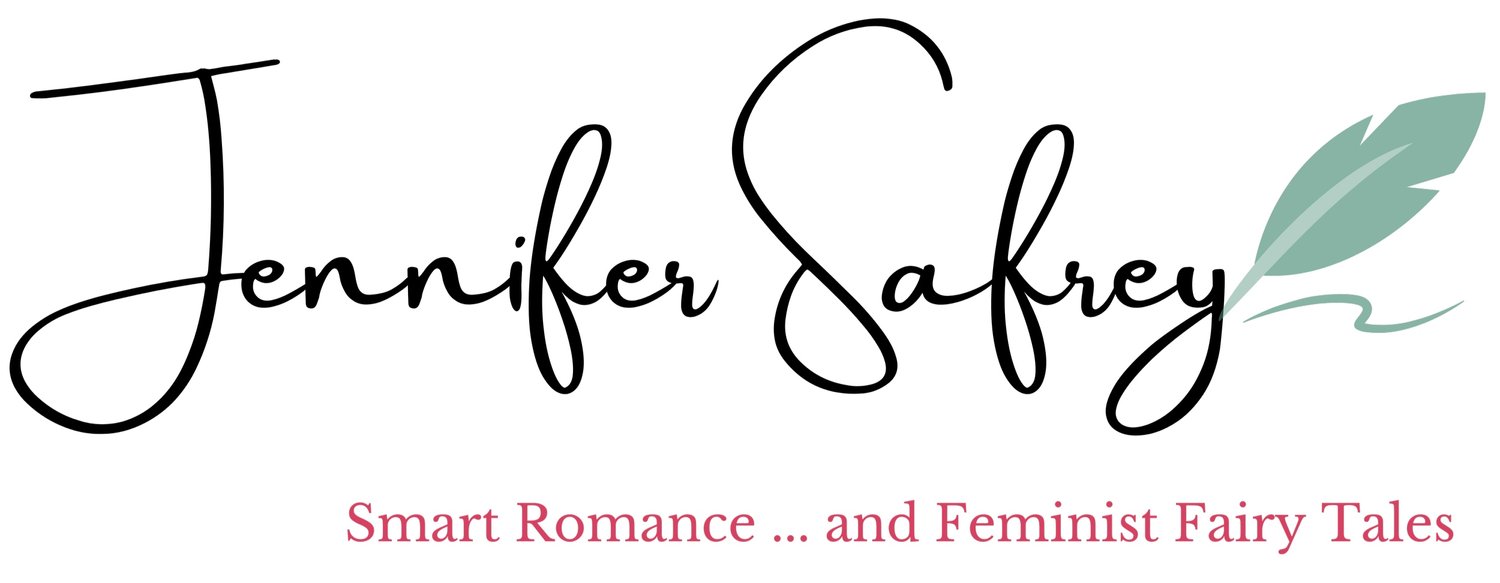My Favorite Book of All Time (and It Will Never Change)
Like many of you, I’m a huge reader. I read about 100 books a year. Some I love and can’t stop talking about; a small handful I don’t finish. And there are so many stories I consider my own personal classics, books I could go on at length about (and probably will in future blog posts): “Lamb” by Christopher Moore, “The Westing Game” by Ellen Raskin, “The Book Thief” by Markus Zusak, “Harriet the Spy” by Louise Fitzhugh, “The Name of the Wind” by Patrick Rothfuss.
But at the top of this overstuffed, teetering book tower balances one shining book:
“Camilla” by Madeleine L’Engle.
When I was around 11 or 12, I was wandering around Woolworth’s (we called it the Five and Dime) with my Grandpa, and I don’t remember what he had to buy or why we were there, but I do remember we passed the paperback book racks and he said I could pick out a book to buy. And you, my fellow readers, know this is a gift above all gifts. He patiently waited for me while I perused all my possibilities.
I don’t know what made me pick up the book. I liked the girl on the cover, wearing a blue coat and a cute red beret, walking in heels through Manhattan with a boy staring adoringly at her. I had just started reading YA romances and was a New York girl myself, and something about the cover struck me as sophisticated and aspirational. I took “Camilla” home.
And I read it in one sitting. And I read it again. Eventually I had to repair the spine of the book with masking tape. I brought it with me to college. I packed it and moved it into every home I’ve lived in. Sometimes I misplace it, but it always makes itself known to me and then I read it again.
I’m not inclined to review it here because I’d just use a lot of fangirl superlatives and this post would just become an embarrassing testament to a longtime obsession. The short, not-good-enough summary is: It’s the late 1940s, and Camilla Dickinson is an Upper East Side 15-year-old girl. It’s her first year without a governess (which I learned is basically a nanny). She attends an exclusive private school and lives quite a sheltered life. Her best friend, Luisa, is a brilliant classmate who lives in a far less wealthy neighborhood. It’s a coming-of-age story in which Camilla becomes aware that her parents are flawed people with real problems, falls in love with Luisa’s brother, and explores the city in a way she was never free to do before.
It’s so frustrating for me to not be able to put into words the beauty of this book. When I was a child, I loved the way Camilla wanted to be an astronomer and Luisa wanted to be a psychiatrist, and how they listened to classical music the way kids my age listened to pop. I loved the way L’Engle allowed gritty and romantic Manhattan to be a supporting character. I loved Camilla learning to see her parents as people and not as just her parents, and learning there was so much more to the world than what’s in her plush apartment—and that what’s in her apartment isn’t all that ideal. I loved how Camilla wanted to make a career out of the stars and galaxies but had to first see past her small world.
It doesn’t matter how many times I read this book; the words wind into my brain and twist my heart, and I feel pain and love on every page.
And the last line of this book is one that has stayed with me long after all the other books I have read.
“I told myself these facts and the tears retreated and I knew that I would not have to cry.”

